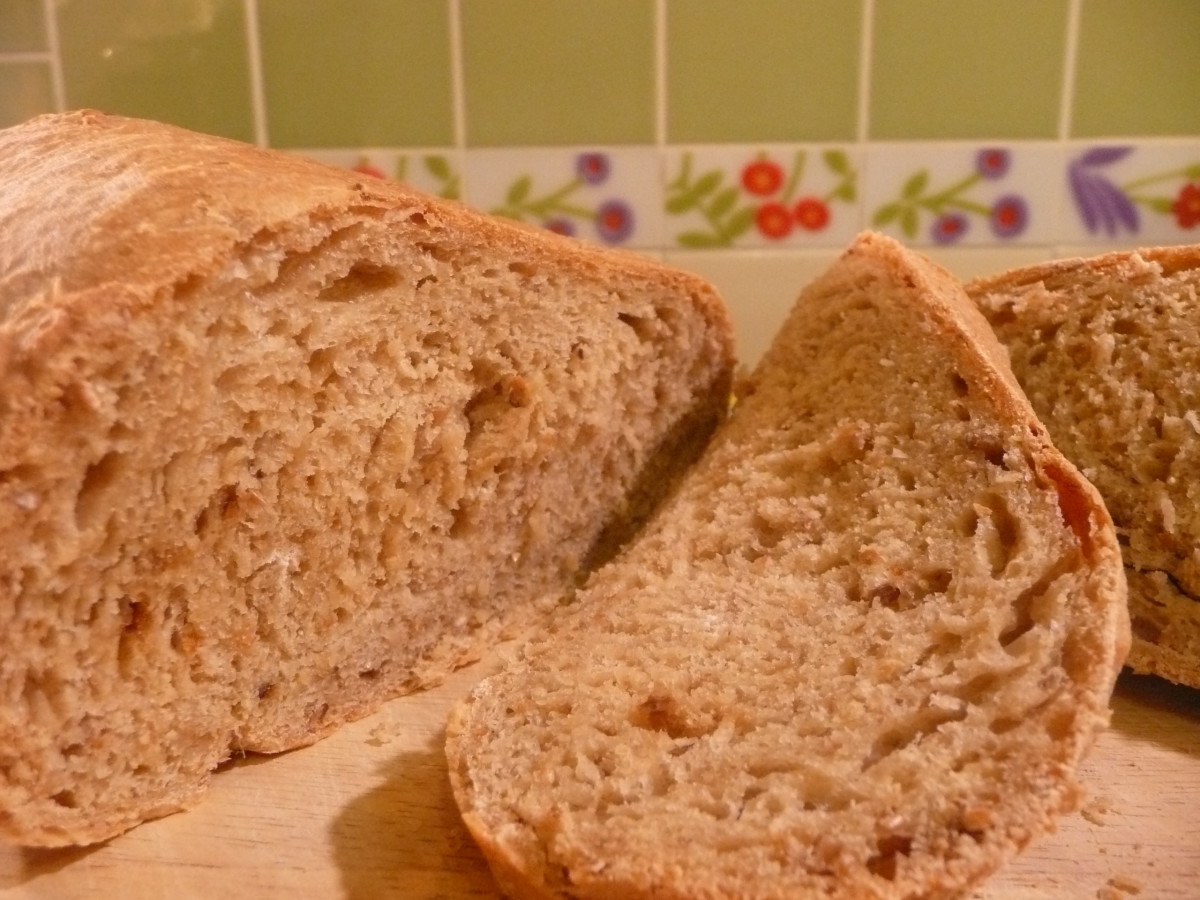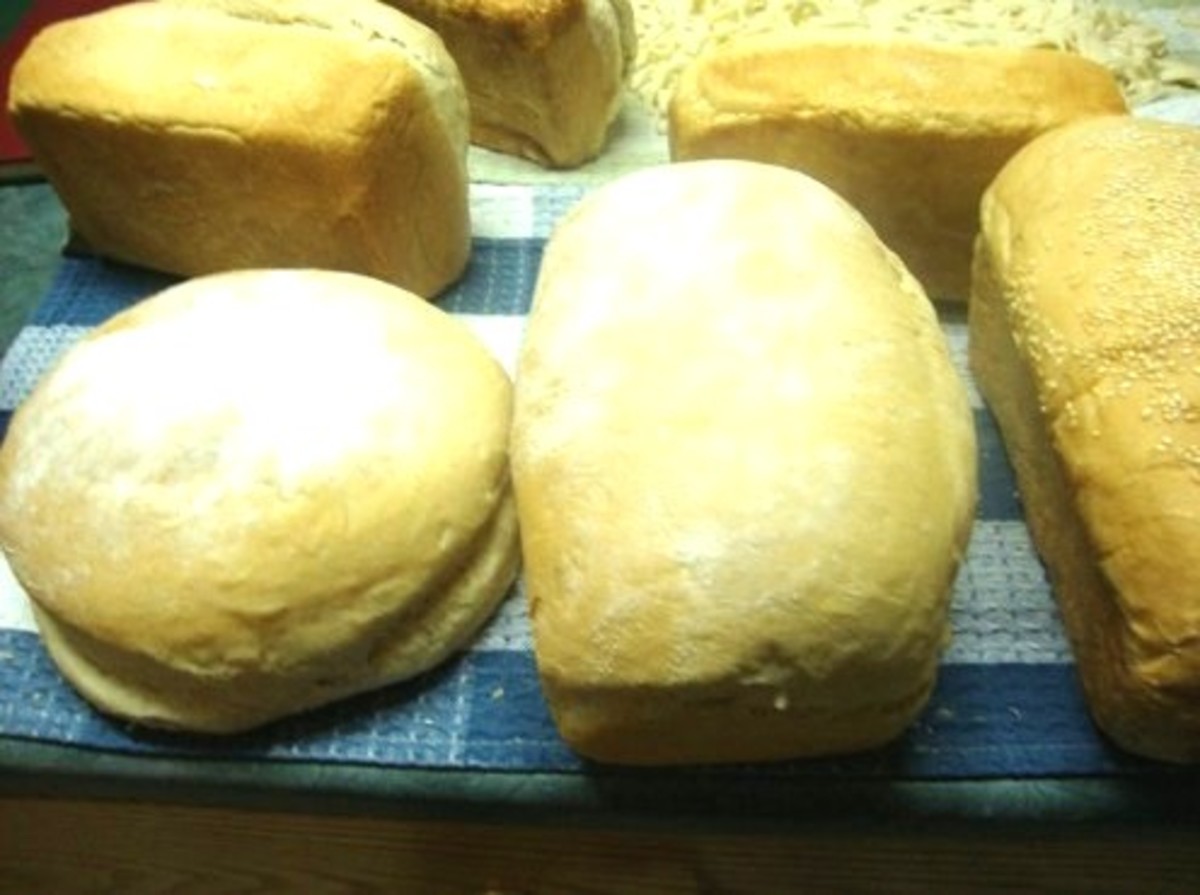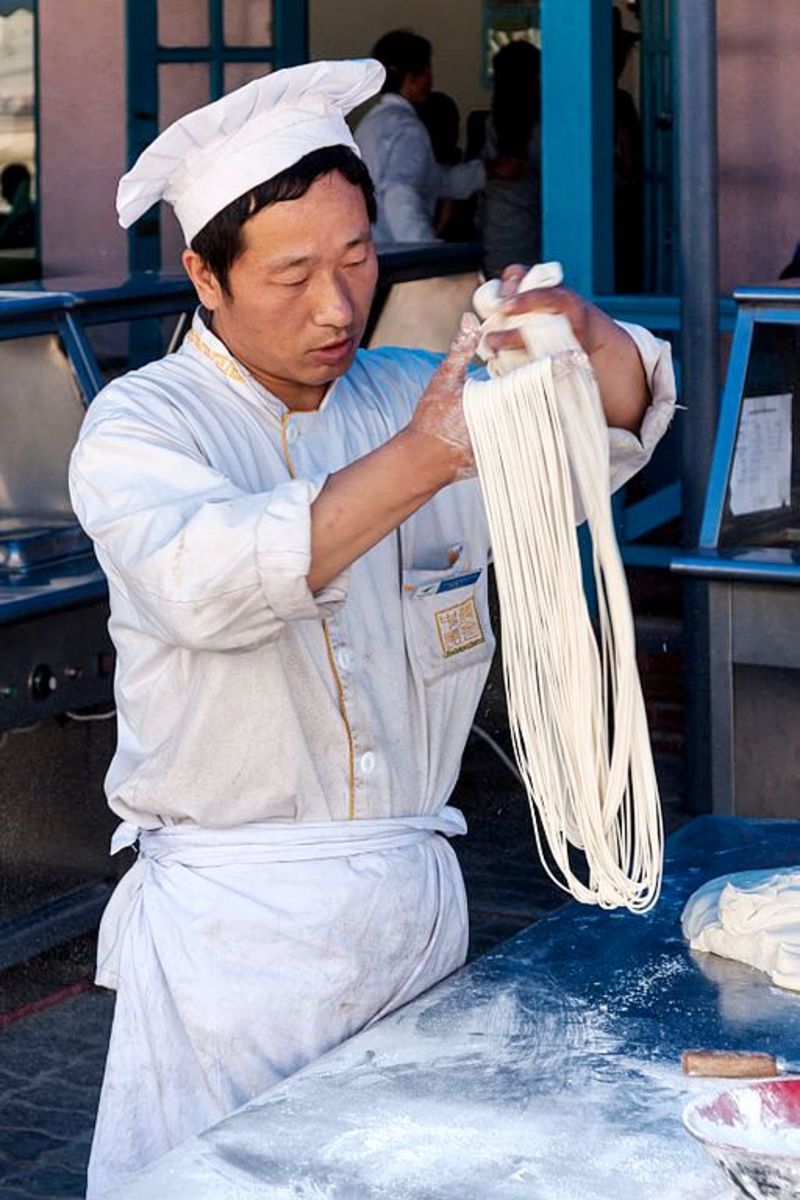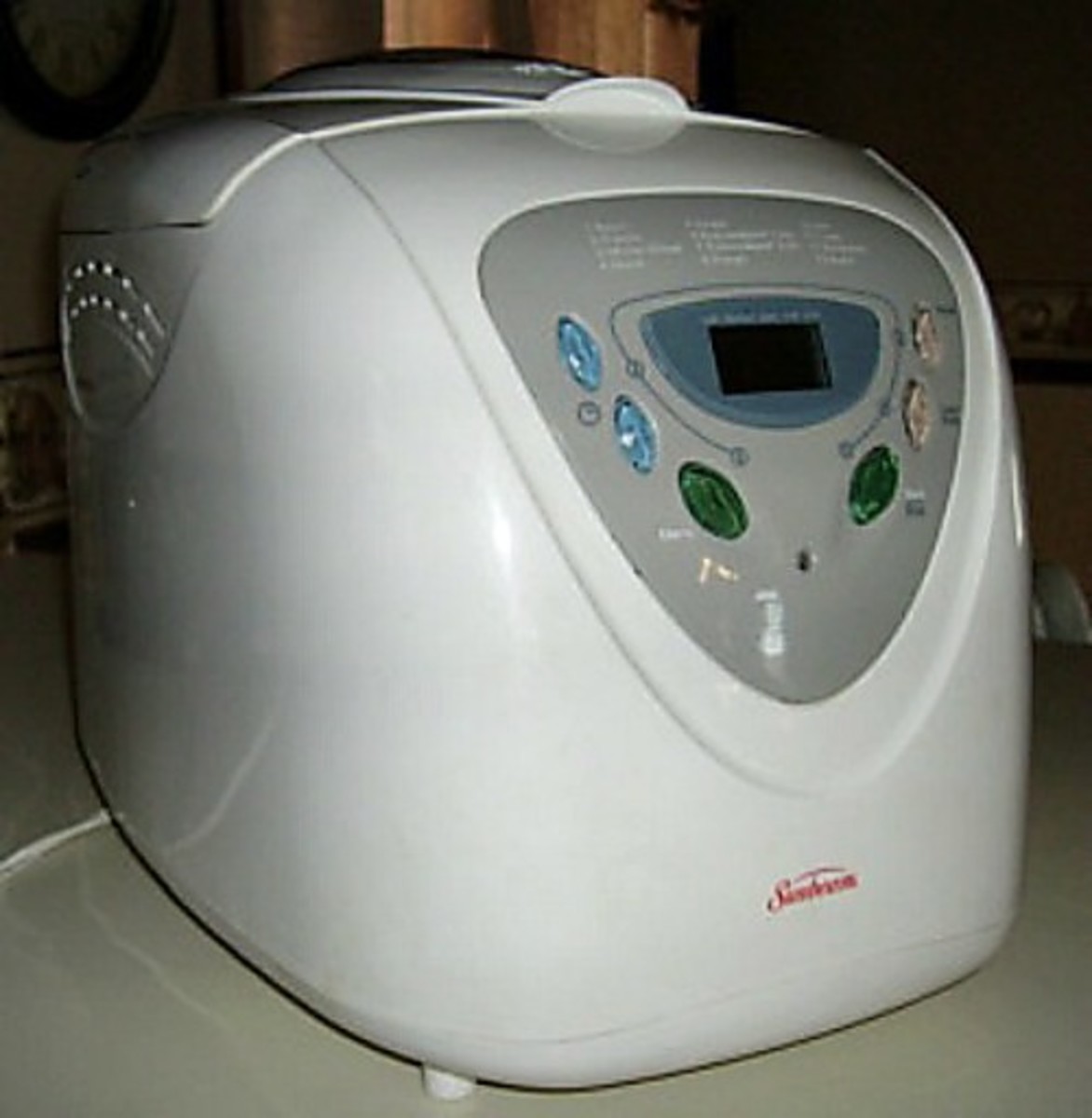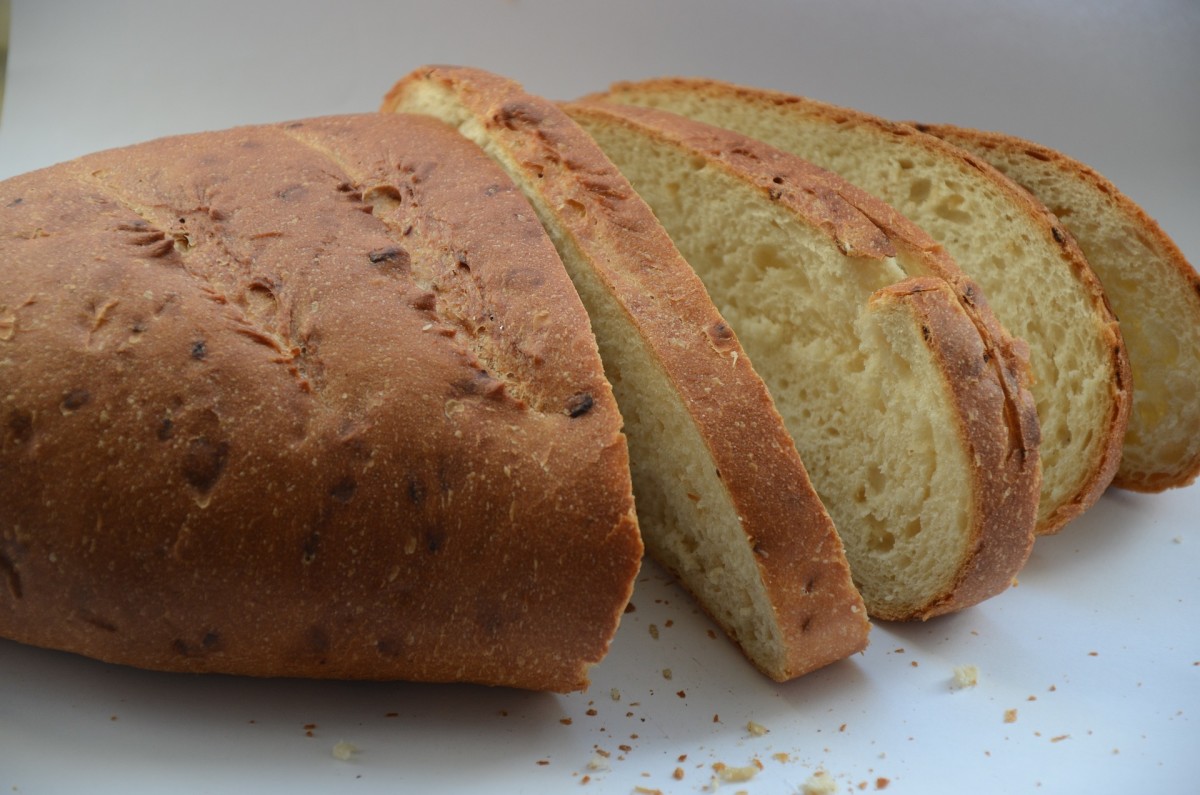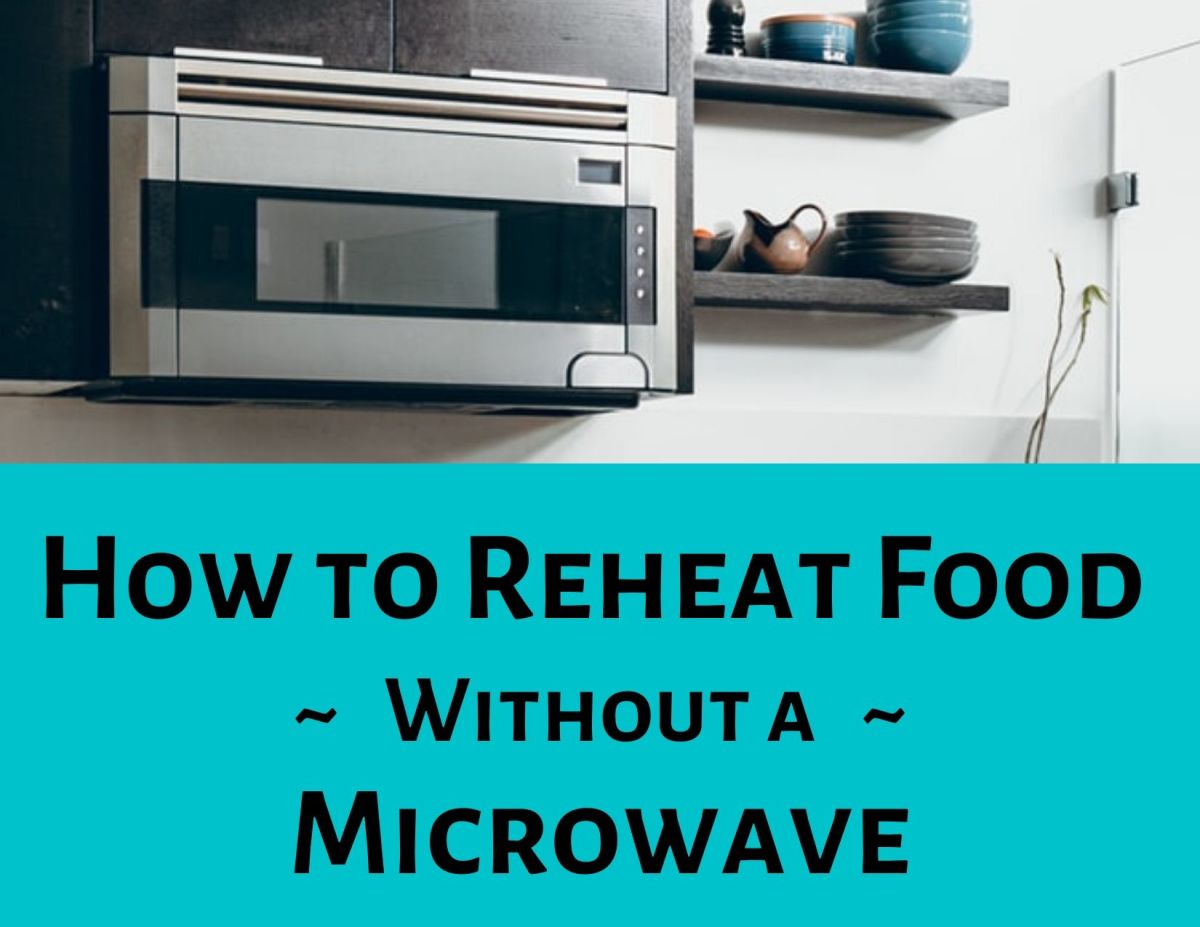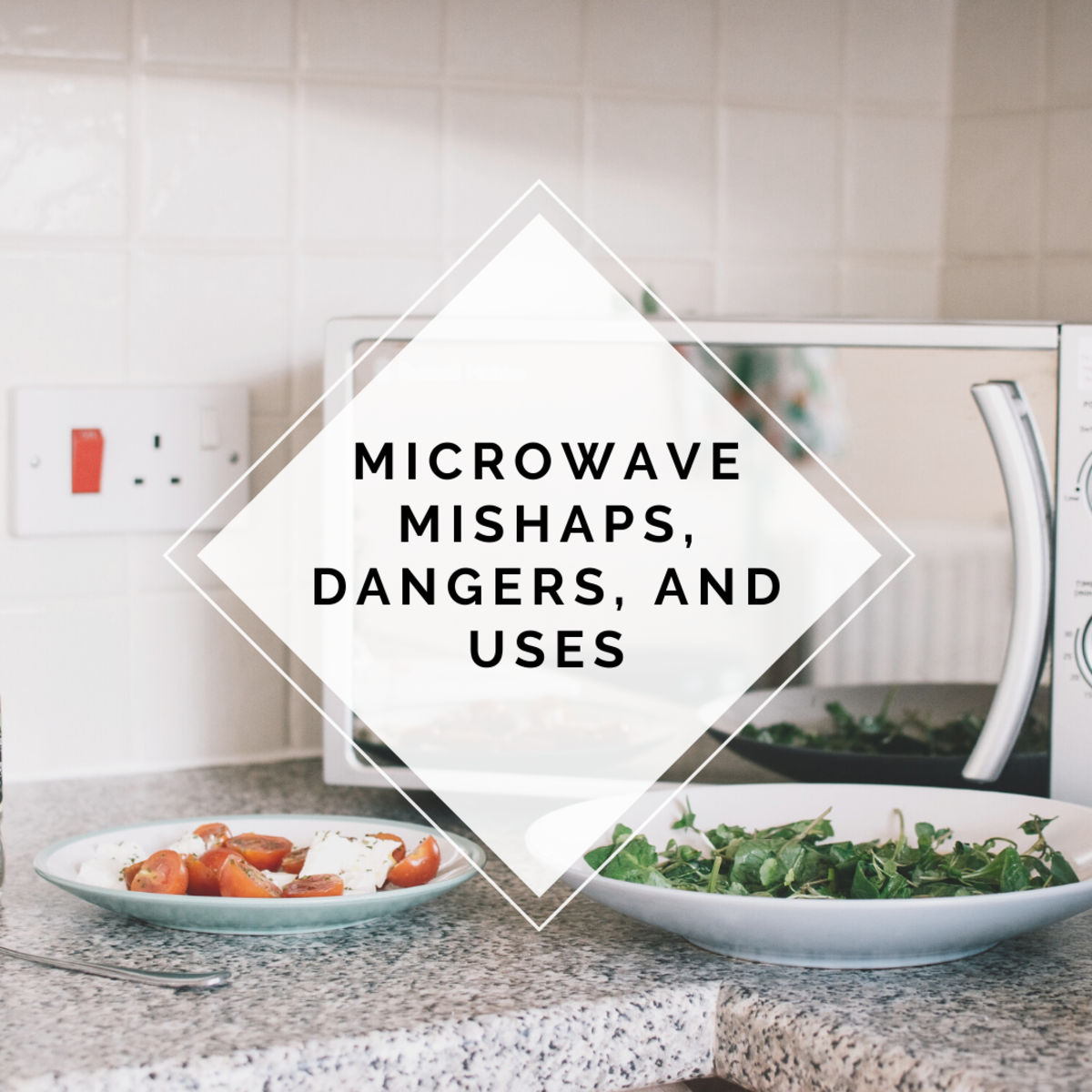- HubPages»
- Home and Garden»
- Kitchen»
- Kitchen Electronics
All About Bread and How to Make It, Bread Makers and Bread Machines
Bread is synonymous with well being and the fundamentals of living. Money is sometimes colloquially referred to as bread and the Christian Lord’s Prayer includes the phrase “Give us today our daily bread”.
Bread is a staple diet all around the world and has been eaten since prehistoric times. Almost every race and culture has its own version of the loaf.
Some bread is unleavened, also known as flat bread. This means that no yeast or leavening agents are used so it doesn’t rise. Jews consume unleavened breads, for example Matzo, during feast of Passover.
However, the majority of bread is made with yeast, that causes the dough to rise, giving it a much lighter texture than unleavened bread.
How is Bread Made?
The main ingredients of a basic loaf are flour, water, fat or vegetable oil and a small amount of
salt and sugar mixed together to make dough.
When yeast, a microscopic organism in the fungi family, is added to the dough it feeds on the sugar producing carbon dioxide. This harmless gas causes the mix or dough to rise, giving it a light, airy texture.
Other ingredients can be added to bread such as eggs, milk and fruit to create different flavours and textures.
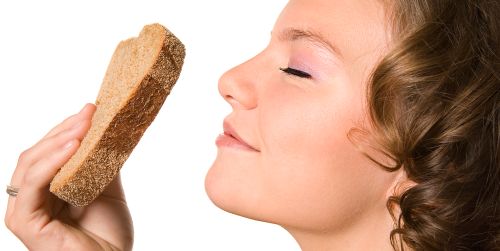
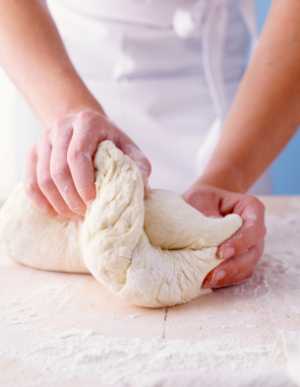
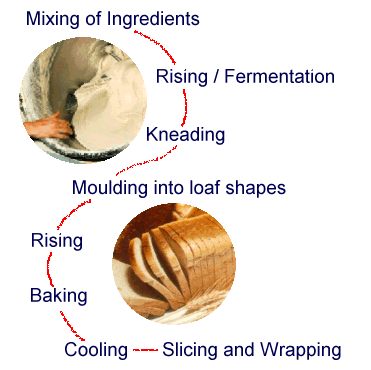
Making Bread By Hand
There is a real joy in making bread by hand, using only an oven. However, the problem with manual baking is that it is labour intensive, needs a lot of physical energy and takes time and patience. Here is the basic process for making bread by hand:
1. Dough
Take flour, yeast, water, fat, sugar, and salt and mix them together to make a dough.
2. Kneading
Work the dough with your hands, squeezing and pummelling it. This is good exercise. Without kneading, your dough won't rise properly.
3. Rising
Leave your dough in a warm place to rise for around an hour. The yeast ferments the sugar filling the dough with carbon dioxide. This makes the dough swell to about twice its original size.
4. Knocking Back and Proving
You can repeat the rising process a second time to produce a more even loaf. This is done by first pummelling the dough to remove the carbon dioxide (knocking back). Now leave the dough to rise a second time (proving).
5. Baking
Finally, place the dough in a baking tin, put the tin in a hot oven and bake. This is the best bit. The whole house is soon filled with the aroma of baking bread!
The problem is most of us just don't have time these days to do all this by hand. But there is a solution. Buy an Electric Bread Maker.
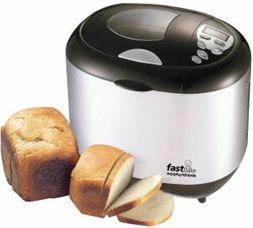
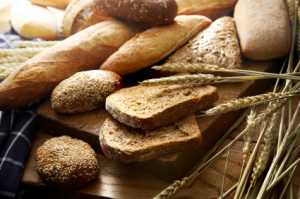
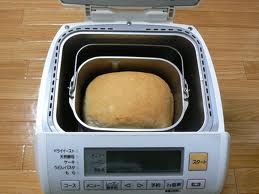
Bread Making Machines
Advantages of a Breadmaker
A bread maker will do the whole thing for you. The bread making machine is essentially a small oven.
The ingredients are all placed inside a special baking tin with a paddle at the bottom that in turn fits in the bread maker oven.
Once you’ve selected the program, the type of crust and the loaf size you require the machine does the rest. It mixes the dough and kneads it then allows it to prove.
It then repeats the process and once the dough has finished rising, the breadmaker bakes the dough. Just as with manual baking, your home then fills with that magnificent smell of baking bread!
The machine typically emits a tone before the last kneading session so you can add small potions of fruit or anything else that takes your fancy to your personalised loaf.
There are lots of advantages to using a bread making machine:
- The process is fully automated so there is much less that can go wrong.
- It’s a lot less effort for you, and while the bread maker is working hard you can get on with other things.
- You can program a delay of up to 12 hours before the bread maker starts so you can either program it to deliver a fresh loaf when you get home from work or even when you wake up in time for breakfast.
- With the different programs available you can customise your loaf to meet any special taste preferences or dietary needs. For example, you can make gluton-free bread or use your favourite type of flour and add any fruit or other ingredients you fancy to the loaf.
- In addition to the recipes that come with the instructions for your breadmaker there are loads of recipes specially for breadmakers on the web.
- You can even use your breadmaker to make jam or fresh dough to bake in your domestic oven. Why would you want to do that? Well, then you can create a wide variety of different shaped loaves, such as a plated loaf.
Prices for automatic bread makers begin at around £35 ($60). So why not check out sites like Amazon or Ebay for some real bargains? Just imagine waking up to that yummy aroma of fresh baked bread!


